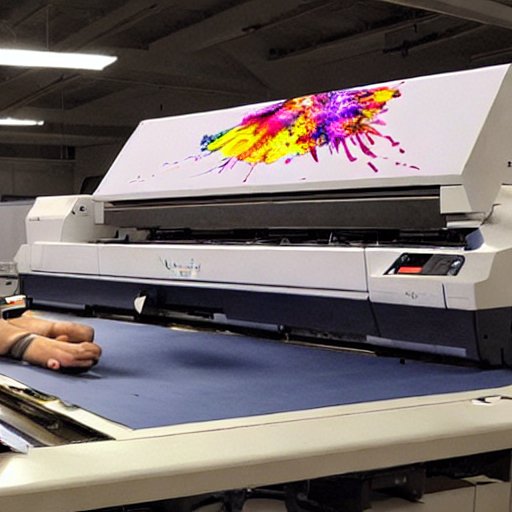
Sublimation printing has gained popularity in the world of custom apparel, personalized gifts, and promotional items. It involves the transfer of vibrant, full-color designs onto various substrates, such as fabrics, ceramics, and metals. While inkjet printers are commonly associated with sublimation printing, many people wonder if a laser printer can also be used for this printing method. Let’s explore the possibilities.
Sublimation printing relies on special sublimation inks that, when exposed to heat, transform from a solid to a gas without passing through a liquid phase. This gas then permeates the surface of the substrate and becomes permanently embedded, resulting in vibrant and durable prints. The heat transfer process is crucial for successful sublimation printing.
Unfortunately, standard laser printers cannot be used for sublimation printing. Laser printers utilize a different type of printing technology that involves the use of toner, which is a dry powder rather than a liquid ink. The sublimation process requires the ink to be in a liquid state to effectively penetrate and bond with the substrate.
However, there is an alternative solution for those interested in sublimation printing. Some specialized laser printers, known as sublimation laser printers, have been developed specifically for this purpose. These printers are equipped with modified toners that can convert to a gaseous state under heat, similar to sublimation inks used in inkjet printers.
Sublimation laser printers have a unique printing process. The modified toners in these printers are designed to release the dye particles when exposed to heat during the transfer process. This allows the dye to sublimate and bond with the substrate, achieving a similar result to traditional sublimation printing.
It’s important to note that sublimation laser printers are not as widely available as standard laser or inkjet printers. They are typically more specialized and can be more expensive. Additionally, the range of substrates suitable for sublimation laser printing may be more limited compared to traditional sublimation printing with inkjet printers.
In conclusion, while standard laser printers cannot be used for sublimation printing, there are specialized sublimation laser printers available that can achieve similar results. These printers utilize modified toners that can sublimate under heat, allowing for the transfer of vibrant, full-color designs onto compatible substrates. If you’re interested in sublimation printing, it’s essential to invest in the appropriate equipment and consult with experts in the field to ensure the best possible results.
Remember, sublimation printing offers unique opportunities for creating personalized and vibrant products, and understanding the printing technology involved can help you make informed choices for your printing needs.